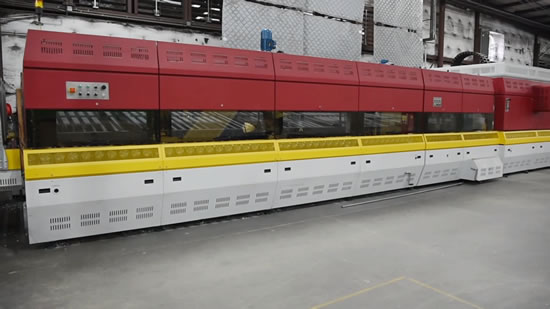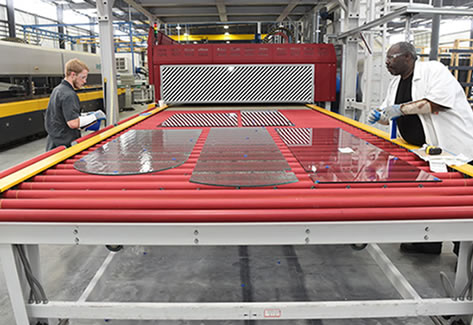Features & Benefits
-
Available in thicknesses from 1/8” to 1/2”
-
Most any glass type can be tempered
-
Can be used monolithically, or as part of an insulating glass unit
-
Fully tempered glass is approximately four times stronger than standard annealed glass
-
Meets ANSI Z97.1 and CPSC 16 CFR 1201 safety glazing requirements
- Tested by the Safety Glazing Certification Council (SGCC)
Note: Though heat-treated glass is much stronger than annealed glass it is not guaranteed against breakage.

